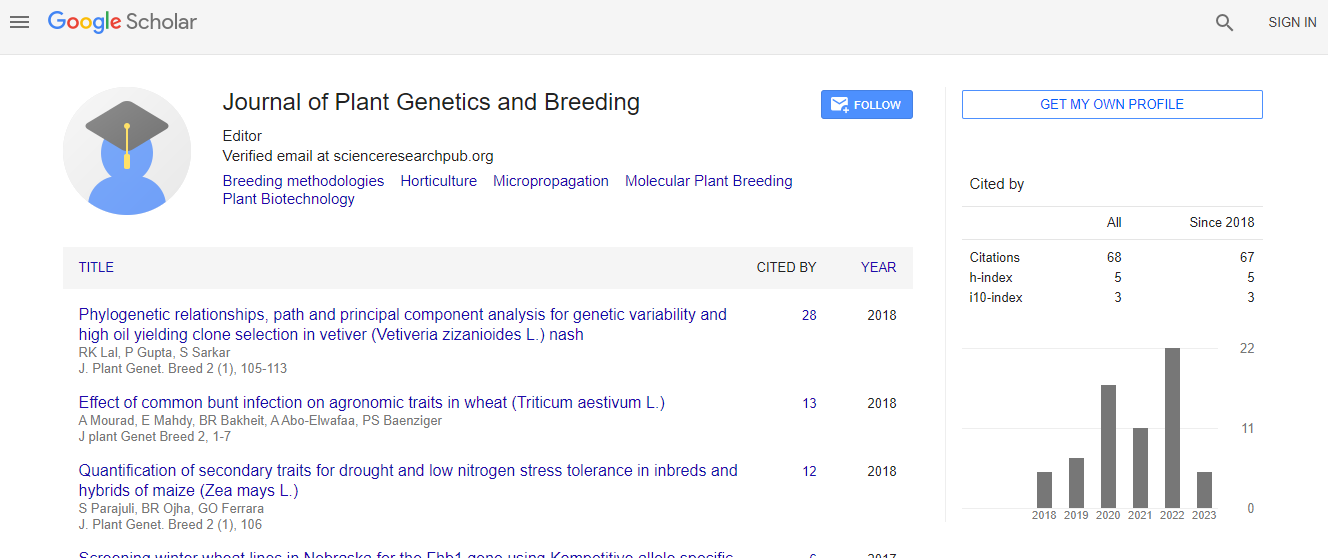Puccinia triticina inoculation and salicylic acid differentially increased resistance to Diuraphis noxia in wheat
*Corresponding Author:
Copyright: © 2020 . This is an open-access article distributed under the terms of the Creative Commons Attribution License, which permits unrestricted use, distribution, and reproduction in any medium, provided the original author and source are credited.
Abstract
Russian wheat aphid (RWA: Diuraphis noxia Kurdjumov) is an important global pest of wheat that reduces yield and grain quality. The aphid, therefore, threatens wheat production. This pest is managed by pesticides, which are toxic to the environment, and resistance breeding, which has to outpace the development of resistance-breaking aphid biotypes. A different aphid control strategy is priming by bio-molecules or microbes to reduce pest damage. Here we evaluated the efficiency of salicylic acid and leaf rust isolates at increasing the resistance of various wheat cultivars to RWA biotypes. Plants were primed at the seedling and flag leaf stage before infestation by two South African RWA biotypes. Phenotypic results show that salicylic acid primed wheat cultivars to tolerate South African RWA biotypes at the seedling stage only, while leaf rust reduced RWA-induced plant damage at both the seedling and flag leaf stages. At the seedling stage, the induced resistance to RWA was further indicated by significantly higher peroxidase and superoxide dismutase activities. The potential of leaf rust as a priming agent in wheat resistance to RWA requires further confirmation, which shall include the investigation of changes to metabolite composition and cell wall structure in primed plants.

 Spanish
Spanish  Chinese
Chinese  Russian
Russian  German
German  French
French  Japanese
Japanese  Portuguese
Portuguese  Hindi
Hindi 